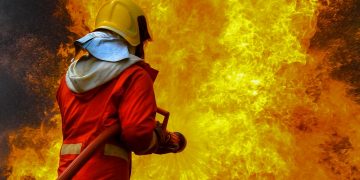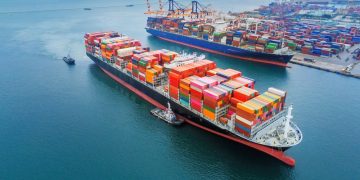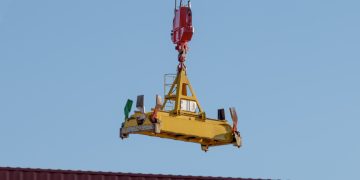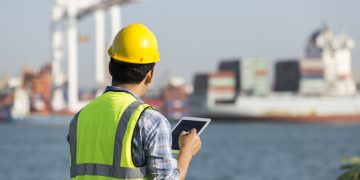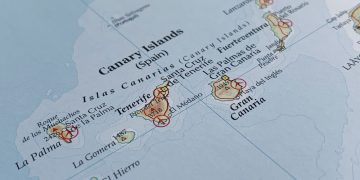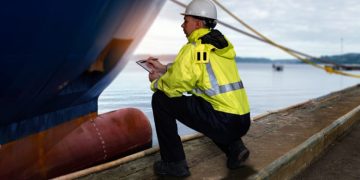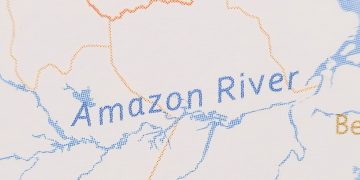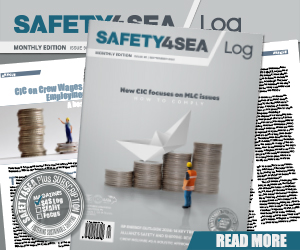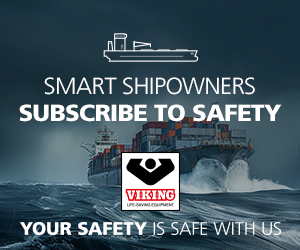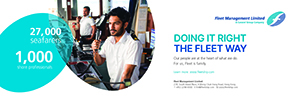During the 2022 GREEN4SEA Virtual Forum, Aishwarya Iyer, ESG Manager, RightShip, analyzed the role of ESG in shipping, and how it can affect the sector. Ms. Iyer highlighted the standards that help promote ESG, also citing the challenges that ESG pose to the maritime sector.
The need for shipping to decarbonise is well-documented and extensively discussed with clear goal-setting by IMO and other regulatory bodies. This forms the environmental aspect of ESG. However, there is greater awareness of the importance of crew welfare including safety, decent living/working conditions, medical care, mental wellbeing, among others, giving emphasis on the social aspect.
Now, the shipping sector has the opportunity to capitalize on these trends– clean fuels/upholding human rights – and catalyse real change by contributing to global sustainability goals
Stated Ms. Iyer.
All this, requires responsible governance that effectively oversees the implementation of measures under E and S pillars. Going forward, E-S-G will both complement and reinforce each other as responsibility towards the environment and towards seafarers increases.
However, as with any change, there are challenges. Namely, there is a growing list of challenges and questions as shipping positions itself for meaningful impact through ESG. Among others:
- What does ESG readiness look like?
- What is the basis for a fair comparison on ESG factors?
- Who will bear the cost of upgrading vessels or ensuring compliance with ESG elements?
- How should we rate vessels or shipowners on ESG?
- Does ESG ranking or scoring impact one stakeholder class disproportionately versus others?
- Which ESG reporting standard/framework is most appropriate to use?
Standards and reporting frameworks
Speaking of standards and frameworks, currently there are a number of them, but four main standards are the:
- GRI (Global Reporting Initiative): This is focused on impact and addresses a broad range of stakeholders.
- SASB Marine Standard: This is a sector-specific standard focused on information needs of various stakeholders.
- Task Force on Climate-Related Financial Disclosures: It reports impact of an organisation on global climate.
- UN SDG: This is a broad blueprint aimed at achieving a sustainable future for all.
There are of course more frameworks, such as the ASEAN Sustainable Finance taxonomy, and the EU Sustainable Finance taxonomy, both of which are more region specific.
All these standards and frameworks exist so that information disclosed by companies can be compared with each other. Given the existence of multiple frameworks in this space, there is a movement towards aligning and consolidating these.
That is what happened after a lot of requests to consolidate these frameworks. In fact, the International Sustainability Standards Board (ISSB) was formed in November 2021 at COP26, to allow sustainability reporting to be at par with financial reporting. ISSB will consolidate the main ESG standards.
There is also the EU’s proposed Corporate Sustainability Due Diligence directive. This intends to enforce social responsibility in supply chains, such as no child labour, no slavery, tackling inadequate workplace safety, pollution, ecosystem degradation, while at the same time aligning with Paris climate goals.
Key ESG challenges in shipping
Environmental
- Emissions from shipping.
- Impact on marine life/marine biodiversity from spills or effluent discharge.
- Shipbreaking – impact on marine ecosystems.
- Underwater noise pollution.
Social
- Access to medical care, clean water and sanitation, protection of mental health.
- Protection of human and labour rights throughout the supply chain.
- Adequate rest hours, appropriate working conditions.
- Access to training and education.
- Occupational health and safety management including adequate insurance.
Governance
- Business ethics – port calls in countries ranked as corrupt; Incidents of bribery.
- Governance (Oversight) relating to emissions management and environmental sustainability.
- Governance (Compliance) relating to safety management, human and labour rights policies.
- Transparency and end-to-end accountability.
How much money does shipping need, to decarbonise?
Moving on to a slightly different topic, there are several studies that focus on the financing that shipping needs in order to achieve decarbonization. More specifically:
- A study suggests that a US$ 6 trillion investment between 2020 and 2050 in green ammonia and renewable energy plants will be needed to decarbonise just 40% of shipping by 2050.
- Another claims that US $3.1 trillion are required to finance fleet renewal and US$2.1 trillion are required to finance fleet growth over the next 5 years.
- Finally, leading ship financiers currently provide US$300bn in financing every year. An additional US$1.7trn will be required until 2050, just to develop future fuels.
These large numbers clearly indicate the role that financial institutions will play in funding sustainability in shipping
Said Ms. Iyer, adding that banks and financial institutions will measure whether their portfolios are aligned to IMO climate goals and UN SDG which covers human and governance. This is being done through ESG assessment of shipping portfolios.
Then, shipping should find the real link between ESG and financing needs, by analyzing the stakeholder loop. Namely, corporates are looking for green investments, then banks are interested in green financing. In turn, shareholders demand sustainable business practices, before moving on to the regulators, who enforce compliance with ESG frameworks. Finally, there are the institutional investors who look for green investment opportunities, which close the cycle, which then goes back to corporates.

We see that the maritime sector can position itself as a key participant in attaining global net zero goals through transparent ESG reporting that in turn, offers credibility in obtaining financing and uplifting reputation
Finally, reduced maritime emissions, conservation of marine ecosystems, upholding human rights at sea, ensuring transparent and ethical operations, are all key factors in making a sustainable impact in maritime ESG.
Above article is a transcript text of Ms. Iyer presentation during 2022 GREEN4SEA Forum.
The views presented are only those of the author and do not necessarily reflect those of SAFETY4SEA and are for information sharing and discussion purposes only.










